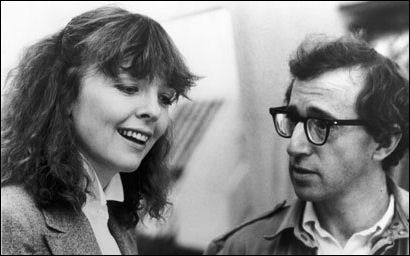“When Manhattan opened in April 1979, Andrew Sarris began his Village Voice review as though granted a vision: Manhattan had ‘materialized out of the void as the one truly great American film of the ’70s,'” recalls Village Voice critic Jim Hoberman in a 7.10 nod to Woody Allen‘s 1979 classic playing at the Film Forum from 7.13 to 7.19.

“Leaving aside the decade’s avant-garde and documentary productions, this is still a remarkable claim to make of a massively mythologized period. Where was the void? Why did Sarris love Manhattan so? For the first time, Allen’s visual rhetoric was equal to his writing. For the first (and also the last) time, he graced the screen with a fully realized vision. And then, of course, there was the shock of recognition: Manhattan‘s world was a glamorized version of Sarris’s.”
I was living on Sullivan Street and barely eeking out a living as a freelance film writer when Manhattan came out. I knew relatively few people in the film-journalist world, the ones I knew regarded me askance, I was working at restaurants to make ends meet and enjoying damn little comfort. And one of the reasons I loved every minute of Manhattan is that it provided a great fantasy trip into the kind of New York world I wanted to know and live in, but couldn’t afford.
Of course it was a smart Woody Allen uptown dream movie. Of course it bore little relation to the city I was confined to, or to the one that I imagined most New Yorkers knew. I wished time and again that year that I could live in a world that was at least akin to Manhattan‘s — cultured, clever, moneyed and buffed by Gordon Willis in black and white and a 2.35 to 1aspect ratio. The fakery was what everyone found so delightful about the film. Because it was very sharp and sophisticated and nicely burnished.









